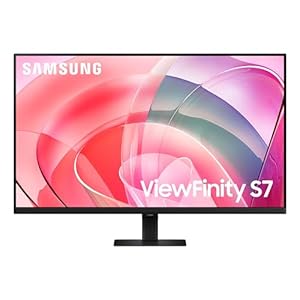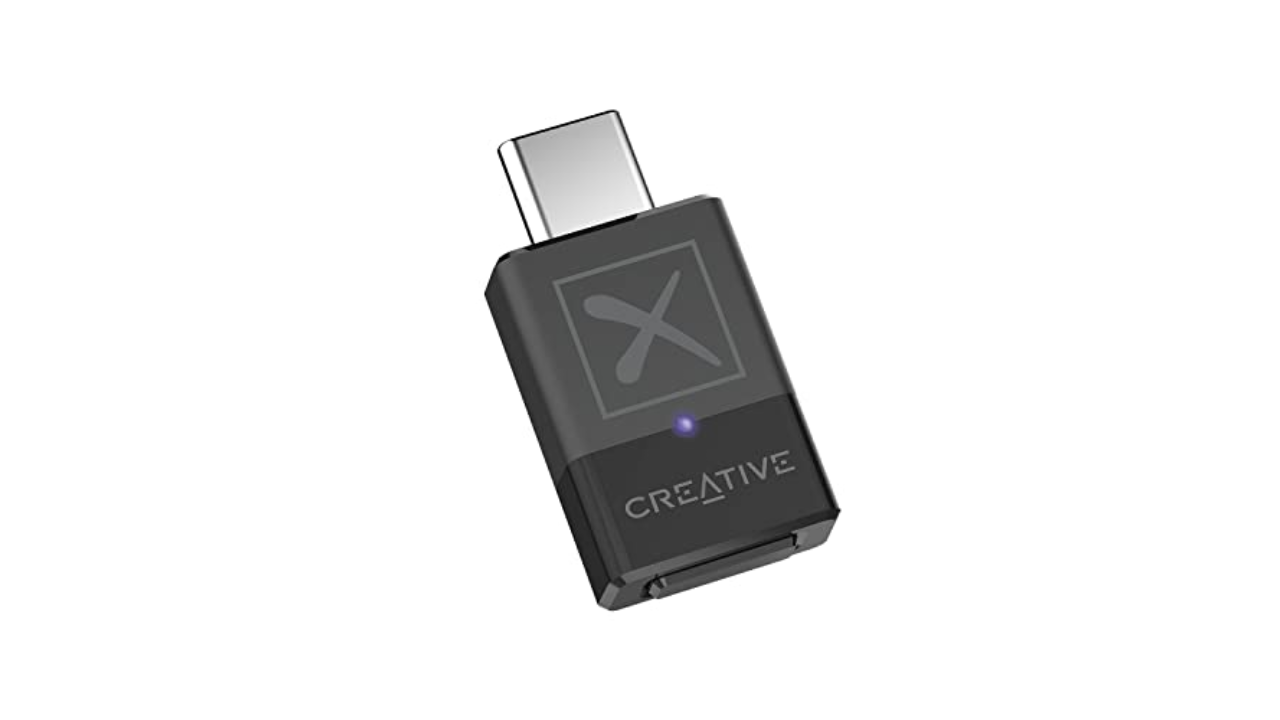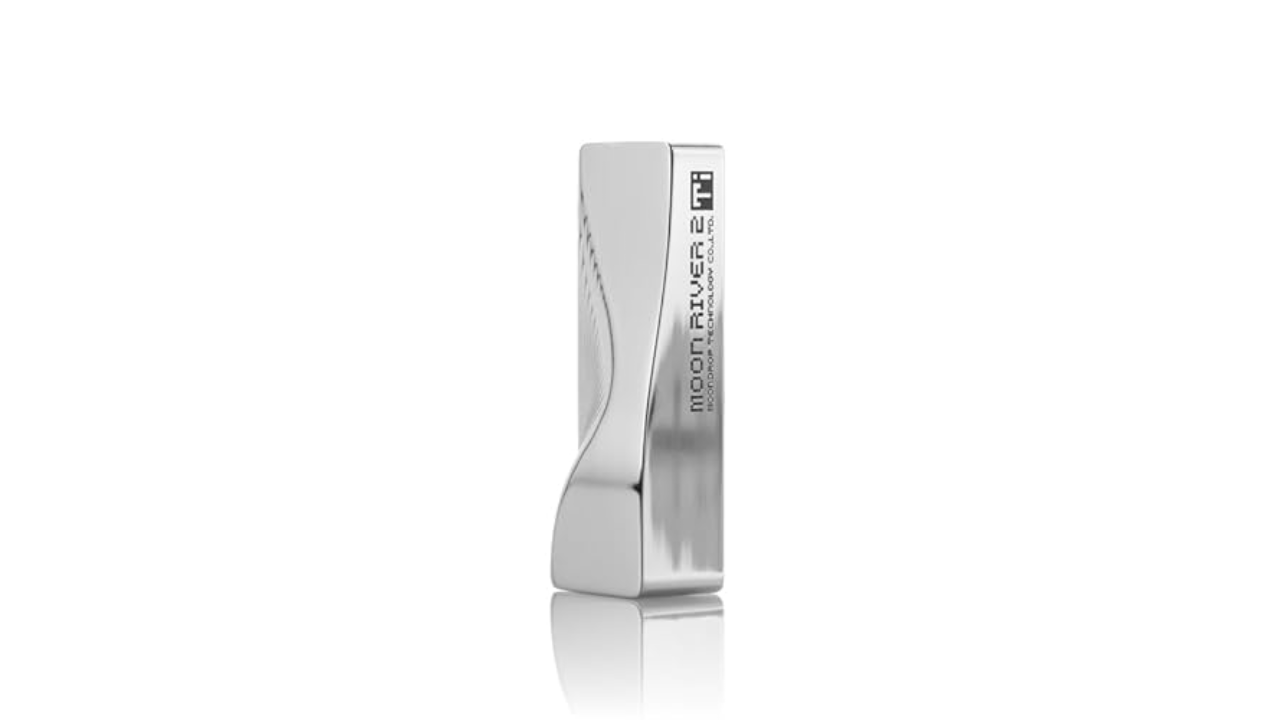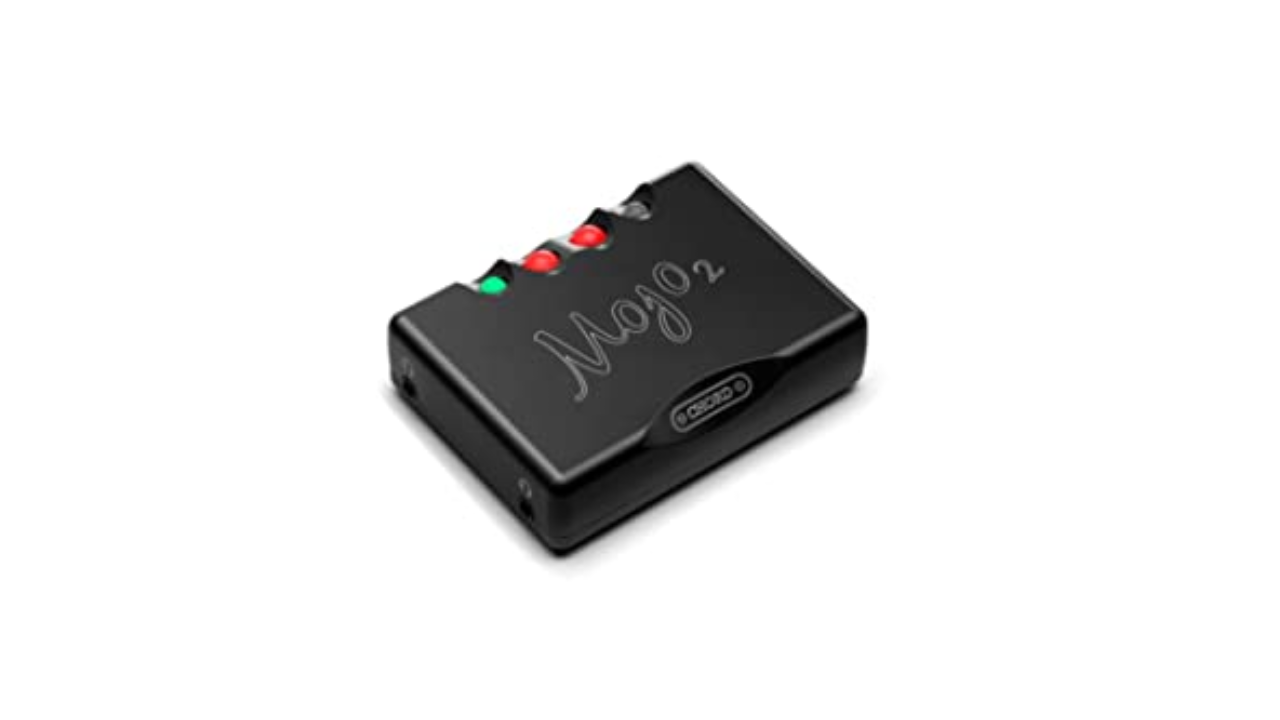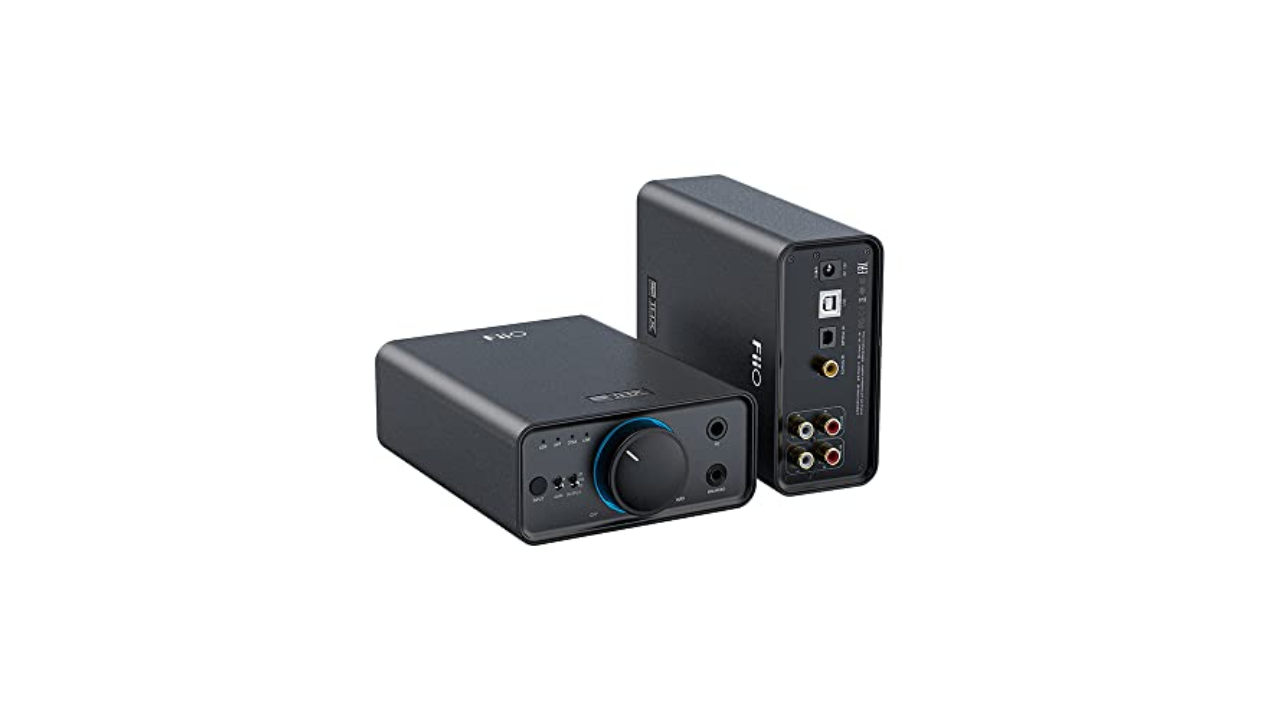A lot of people started to care about “high resolution” digital audio when Apple launched its upgraded music service to the masses. Call that the “Apple effect,” as infuriating as it may be, but the iPhone maker isn’t the only one in the hi-res audio game: Qobuz, Tidal and Deezer have been doing it for a while, and Spotify has been toying with releasing its own version for a while. However, as many were quick to point out, some of Apple’s own products don’t necessarily support the higher sample rate and bit-depths on offer. No worries, there’s a dongle for that, and there are options for Android and desktop, too. We’ve tested dozens of these devices and the best DACs listed in this guide will play nice with any of the aforementioned services (aside from Tidal’s MQA, which is a little more specific).
What is a DAC?
A digital-to-analog converter takes the digital (D) music from your phone or computer and converts (C) it into analog (A) sound you can hear. All phones and PCs have them, but since handsets moved to USB-C, Lightning or Bluetooth for music, the task of converting that signal was generally outsourced to either your adapter or your wireless headphones.
DACs can be used with phones, laptops and desktops but tend to be much simpler than a regular external audio interface. One basic distinction is that DACs are usually for listening only whereas an audio interface might have ports to plug in microphones and instruments (but an external audio interface is also technically a DAC). Some high-end DACs even include XLR outputs for better connectivity with professional audio equipment.
The best DACs tend to be lightweight, making them more suitable for mobile use, although it still gets a little tricky with the iPhone as you still might need to add another dongle to make it play nice with Lightning. Also, not all DACs support all the higher audio resolutions like DSD. Most standalone DACs require external power or an onboard battery, though some can use the power from whatever you plug them into — in which case expect a hit to your battery life.
Best DACs for 2024
Outputs: 3.5mm singled-ended | Inputs: Available in USB-C and Lightning versions | Max file support: 32-Bit/384kHz | Bluetooth: No
If you’re looking for the simplest way to listen to Apple Music Lossless, then the company’s own $8 dongle is hard to beat in terms or quality to price. But it has a maximum resolution of 24-bit/48 kHz. If you want to break into Hi-Res Lossless then the KA11 from Fiio — with support for audio at an eye-watering 32bit/384KHz — is the easiest way. At $30, it’s also pretty affordable, too.
Fiio’s years of experience making portable hi-fi has been distilled into this tiny little dongle. Available in both Lighting and USC-C models (love the color of the Apple model), the KA11 packs a lot of punch for something so small. On top of the support for extremely high audio resolutions, the KA11 also has a much higher output than most adapters — including Apple’s. The result is much louder music than your phone offers for most headphones, and with a better DAC like this, you’ll notice a significant improvement in your audio system. If you already have a pair of expensive headphones with a low sensitivity (as many higher end models tend to be) then the KA11 will likely still be able to drive them. You might even consider pairing it with a headphone amp for even more power.
This little dongle isn’t restricted to phones: the USB-C model is compatible with laptops and PCs, too. In fact, it’s likely a decent upgrade over the built-in sound for almost anything you plug it into. That’s true for all of the products recommended in this guide, but you might be surprised to find that something this small can give your PC’s audio system a serious boost. If there was a minor negative, it would be that the KA11 doesn’t support headset microphones, so if you were hoping to be able to handle calls with your headphones then bear that in mind.
With the KA11 being so small, there are no physical controls, so you’ll adjust volume directly on the phone or computer. The only feedback you have is a single LED that will change color depending on the audio it’s receiving (yellow indicates Hi-Res). Fiio also has a mobile app to access additional settings for its mobile products which, right now does include the KA11, but only on Android at time of publication.
- Affordable
- 32-Bit/384kHz support
- Provides loud music output
- Comes in USB-C and Lightning models
Outputs: Bluetooth | Inputs: USB-C | Max file support: 24-Bit/96kHz | Bluetooth: Yes | Weight: 0.16 ounces
While most Android devices support some form of aptX, your PC might not. If you have an iPhone, it definitely doesn’t support aptX and neither will any Macs — Apple devices only offer standard Bluetooth with AAC encoding (320 kbit/s max bitrate). If you want to make sure you’re getting more bits (up to 430 kbit/s) out of your music, across all your devices, Creative’s BT-W5 Bluetooth adapter is both practical and affordable.
The BT-W5 offers aptX, aptX HD and aptX Adaptive (which supports up to 24-bit/96 kHz) and it’ll automatically choose the best one for your headphones. Once you pair them with the adapter you can plug the BT-W5 into any music source with USB-C for improved Bluetooth audio — there’s even a low latency mode perfect for streamers or playing games on Switch, for example, without any lag.
If you have an iPhone with a Lightning connector, the BT-W5 won’t work without an adapter, but it’s a neat way to get the most out of your headphones without having to upgrade everything else. The BT-W5 can remember up to four sets of headphones, too, so if you have a pair for the commute and another set for the gym, just plug in the dongle and you’re all set.
- Designed for use with Bluetooth headphones
- Low-latency mode for use with devices like Nintendo Switch
- Will not work with Lightning iPhones without adapter
Outputs: 1x 3.5mm single-ended, 1x 4.4mm balanced | Inputs: USB-C | Max file support: 32-Bit/384kHz | Bluetooth: No | Weight: 1.1 ounces
While you can squeeze an impressive amount of audio tech into a headphone adapter, a slightly bigger device affords a decent step up in both specs and features. Moondrop’s Moonriver T2i DAC is slightly larger than a pack of gum, and it has a stylish design that doesn’t look like a boring, generic dongle.
Importantly, the Moonriver T2i builds on the success of the company’s Moonriver 2 DAC. The “2” partly refers to the use of dual DAC chips here, which delivers a “balanced” signal. Each channel can handle up to 32bit/384KHz resolution and there are two headphone ports. One for standard 3.5mm headphones and another for 4.4mm connections — making use of that balanced output. If this is your first step into the world of Hi-Fi DACs, you’re totally fine with 3.5mm headphones, but some prefer the 4.4mm connector as it provides more power and potential signal benefits, especially if you’re using a headphone amp.
With the Moonriver T2i you have a couple more practical advantages. For one, there are physical volume controls on the device itself. If you ever felt that the 16 levels of loudness on the iPhone (I just counted) weren’t enough, then the 100 steps of adjustment on the Moonriver T2i (via companion software) eliminate any worries about setting the music to the perfect level. If your headphones have an in-line microphone, the good news is that this dongle will pass that through to your phone or PC so you won’t need a separate device for calls.
Most importantly, the sound that comes out of the Moonriver T2i is bright and bold. You’ll hear audiophiles talk about sound stage, detail and width, all you need to know is that this DAC ticks off all the buzzwords and serves up bright, robust sound that’s going to make any lossless/hi-res music really shine.
- Stylish design
- 32-Bit/384kHz support
- Onboard volume controls
- Great sound quality
Outputs: 1x 3.5mm singled-ended, 1x 4.4mm balanced | Inputs: 1x microUSB, 1x 3,5mm coaxial, 1x optical, 1x USB-C | Max file support: 32-Bit/768kHz | Bluetooth: No | Weight: 10.8 ounces
If you’ve had some experience with DACs and are looking to ratchet things up a notch or three, then the Mojo 2 from British company Chord wants to have a word. At $650, this is definitely in the high-end price range, but the experience and features it offers make it worth considering for serious audiophiles. But the brains behind the Mojo 2 have been making digital to analog converters pretty much since there was digital music to even convert. That experience is what makes the Mojo 2 a favorite among music fans.
Most options in this guide are designed for mobile devices first, the Mojo 2 is more of a hybrid device. The mobile dongles above all take their power from the player you connect them to, which is convenient, but obviously is less kind to your phone’s battery life. The Mojo 2 has an internal cell so won’t tax the one in your phone or laptop. It’s small enough to be portable, but substantial enough to live on your desk.
Unlike most DACs that use off the shelf chips to handle the digital-to-audio conversion, the Mojo 2 uses field programmable gate array (FPGA) technology to create its own custom “chip.” It’s also powerful enough to act as both a DAC and a preamp, driving even power-hungry headphones with ease. We’ve seen FPGA gain popularity in gaming circles for its ability to imitate various consoles, but that same flexibility is what makes it interesting to the audio engineers at Chord.
If you need something that’s capital L loud, then the Mojo 2 will not disappoint. Proceed with caution here. It’s actually powerful enough to drive two pairs of headphones at the same time and has two 3.5mm ports so you can do exactly that. The curious circular buttons can also be used to change sound profiles with an excruciating level of detail.
The Mojo 2 has standard USB-C, microUSB, optical and coax inputs so it’s more flexible than a lot of its competition in this regard. Although it’s worth noting that you can only charge the Mojo 2 via microUSB. Of course, there’s a cable provided for this, but if you’ve fully made the switch to USB-C, it’ll mean you have to guard the charging cable closely.
- Provides loud music output
- 32-Bit/768kHz support
- Onboard controls to change sound profiles
- Expensive
- Must charge device using microUSB
Outputs: 1x 3.5mm singled-ended, 1x 4.4mm balanced | Inputs: 1x USB, 1x optical, 1x coaxial, 1x AUX | Max file support: 32-Bit/384kHz | Bluetooth: No | Weight: 2.51 pounds
If you do most of your listening at home, the K7 from Fiio is a great place to start. The world of desktop DACs and headphone amplifiers could fill its own guide, but the K7 is both capable, feature-filled and reasonably priced. It functions as both a DAC and a headphone amp, making it a solid all-in-one solution for audiophiles building a home audio system.
With phono, coaxial, optical and USB inputs, the K7 from Fiio is able to handle music and audio from almost any high fidelity source. Most traditional desktop audio interfaces support playback of up to 24 bit/48 kHz, the K7 can handle files all the way up to 384 kHz at 32-bit – perfect for those who demand a better DAC for high-resolution files, whether you’re listening via headphones or a full audio system.
On the front you’ll find two inputs: a 1/4-inch jack and a 4.4mm balanced headphone port along with a big ol’ volume dial. While its Hi-Fi aesthetic might not be the most razzle-dazzle, it does have an RGB LED around the dial to give it a pop of color (it also changes color depending on the “quality” of your audio source).
There are two versions of the K7, and if you plonk down another $50 you get Bluetooth receiver functionality. This doesn’t mean you can connect wireless headphones, rather you can listen to music from wireless sources, such as your phone while maintaining a physical connection to your PC. If your phone can serve up music in higher-resolution codecs like aptX HD, aptX Adaptive or LDAC (or if it can’t, read about the BT-W5 above) you can listen to it through the K7.
- A good variety of inputs
- 32-Bit/384kHz support
- Only for desktop use
- Must pay extra for Bluetooth connectivity
DAC FAQs
What does DAC stand for?
DAC stands for digital to analogue converter. It’s a device that takes digital files, stored on a laptop, computer, etc., and converts them into audio that we can listen to with better clarity and depth. Devices that provide sound, like a CD player, Blu-ray player, TV box, and so on, require good DACs so that the digital files can be decoded in order to output audio. Most of the time, a DAC is built-in to these devices, but sometimes they are external and require a power supply.
Why do I need new hardware to listen to music?
The short answer is, you don’t. You can play “hi-res” audio files on most phones and PCs, you just might not be getting the full experience. If your device’s audio interface tops out at 44.1 or 48kHz (which is fairly common and covers the vast majority of music online) then that’s the experience you’ll get. If you want to enjoy better sounding music at a higher sample rate and bit-depth (aka resolution), you’ll need an interface that supports it and wired headphones, potentially using a headphone amp for an enhanced experience.
It’s worth pointing out that “lossless” and “hi-res” are related terms, but not the same thing and will vary from service to service. Apple uses ALAC encoding which is compressed, but without “loss” to the quality (unlike the ubiquitous .aac or .mp3 file formats). CDs were generally mastered to at least 16-bit / 44.1kHz which is the benchmark that Apple is using for its definition of lossless. In audio circles, a general consensus is that hi-res is anything with a sample rate above 44.1kHz. Increasingly, though, the term is being used for anything 96kHz and above.
This, of course, isn’t only about Apple’s new streaming formats. External DACs and audio interfaces are a great way to get the best sound and upgrade your listening experience generally. Especially if you want to get into the world of more exotic (read: pricey) headphones, as they often even require a DAC to provide enough clean digital signal to drive them. For audiophile headphones, a phone or laptop’s internal sound chipset often doesn’t have the oomph needed to deliver a hi-fi experience, meaning a better DAC could make all the difference in sound quality.
Okay, but can’t I just use the headphone adapter for my phone?
No. Well, yes, but see above. A Lightning or USB-C to 3.5mm headphone adapter often is an audio interface and most of the ones you’re buying for $7 (or that come free in the box) do not support hi-res audio beyond 48kHz / 24-bit. Android is a little more complicated, as some adapters are “passive” and really just connect you to the phone’s internal DAC like old school headphones. Others (active ones) have a DAC built-in and good luck finding out what your specific phone and the in-box adapter delivers. (Hint: connect it to a PC and see if it comes up as an audio interface. You might find some details there if it does).
What about Bluetooth headphones?
Chances are that over the last few years you’ve migrated from wired to wireless headphones (thanks, Apple). The world of Bluetooth headphones changes things a little when it comes to seeking better audio performance. What matters here is twofold, the headphones you’re using (as those will technically be the “DAC”) and the codec — the method used to send the musical data over to the headphones. It’s worth checking to see if your headphones support aptX and which version — aptX HD, aptX Adaptive are better than standard and becoming more common. Other systems exist, like Sony’s LDAC, but Qualcomm’s AptX has wider support thanks to its prevalence in Android devices. Some high-end wireless headphones might even come with a headphone jack for wired connections when higher-quality audio is needed.
Trending Products

Samsung 24” FT45 Series FHD 1080p Computer Monitor, 75Hz, IPS Panel, HDMI, DisplayPort, USB Hub, Ultra Thin Bezels, Ergonomic Design, Height Adjustable Stand, 3 Year Warranty, LF24T454FQNXGO, Black

KEDIERS ATX PC Case,6 PWM ARGB Fans Pre-Installed,360MM RAD Support,Gaming 270° Full View Tempered Glass Mid Tower Pure White ATX Computer Case,C690

ASUS RT-AX88U PRO AX6000 Dual Band WiFi 6 Router, WPA3, Parental Control, Adaptive QoS, Port Forwarding, WAN aggregation, lifetime internet security and AiMesh support, Dual 2.5G Port

Wireless Keyboard and Mouse Combo, MARVO 2.4G Ergonomic Wireless Computer Keyboard with Phone Tablet Holder, Silent Mouse with 6 Button, Compatible with MacBook, Windows (Black)

Acer KB272 EBI 27″ IPS Full HD (1920 x 1080) Zero-Frame Gaming Office Monitor | AMD FreeSync Technology | Up to 100Hz Refresh | 1ms (VRB) | Low Blue Light | Tilt | HDMI & VGA Ports,Black

Lenovo Ideapad Laptop Touchscreen 15.6″ FHD, Intel Core i3-1215U 6-Core, 24GB RAM, 1TB SSD, Webcam, Bluetooth, Wi-Fi6, SD Card Reader, Windows 11, Grey, GM Accessories

Acer SH242Y Ebmihx 23.8″ FHD 1920×1080 Home Office Ultra-Thin IPS Computer Monitor AMD FreeSync 100Hz Zero Frame Height/Swivel/Tilt Adjustable Stand Built-in Speakers HDMI 1.4 & VGA Port

Acer SB242Y EBI 23.8″ Full HD (1920 x 1080) IPS Zero-Frame Gaming Office Monitor | AMD FreeSync Technology Ultra-Thin Stylish Design 100Hz 1ms (VRB) Low Blue Light Tilt HDMI & VGA Ports
